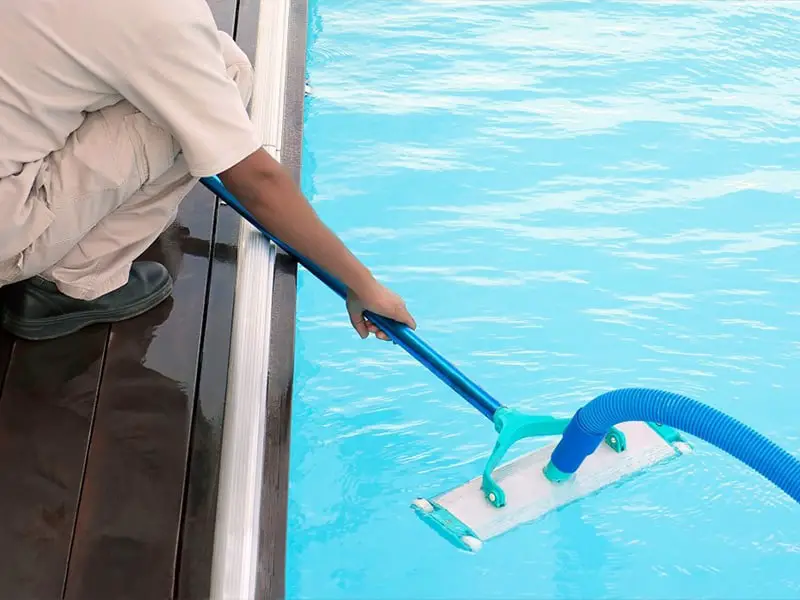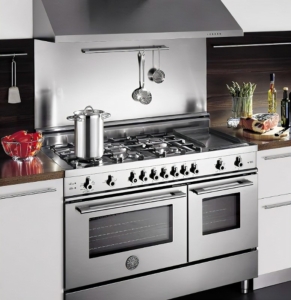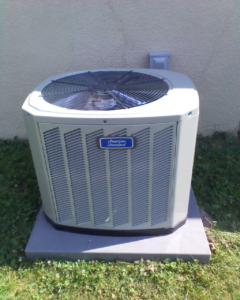Troubleshooting Common Issues with Pool Vacuum Cleaners
Pool vacuum cleaners are valuable tools for maintaining clean and clear pools. However, users may encounter common issues that hinder their effectiveness. In this blog, we will address these problems and provide troubleshooting tips to help you overcome challenges with your pool vacuum cleaner. Let’s dive in and get your pool back to its sparkling best!
Loss of Suction Power: Common Issues with Pool Vacuum Cleaners
Issue 1: Clogged or Dirty Filter
One common issue causing a loss of suction power is a clogged or dirty filter. Detach the filter and clean it thoroughly according to the manufacturer’s instructions. Regularly cleaning the filter ensures optimal performance.
Issue 2: Blockage in the Hose or Vacuum Head
Another cause of reduced suction power is a hose or vacuum head blockage. Check for any debris or obstructions and remove them. Ensure the hose is properly attached and securely connected to prevent air leaks.
Inadequate Pool Cleaning: Common Issues with Pool Vacuum Cleaners
Issue 1: Insufficient Pool Pump Power
If your pool vacuum cleaner is not effectively cleaning the pool, inadequate pool pump power may be the cause. Ensure your pool pump is running at the recommended flow rate for your specific vacuum cleaner model.
Issue 2: Improper Hose Length
Using a hose that is too long or too short can impact the efficiency of your pool vacuum cleaner. Check the manufacturer’s guidelines for the recommended hose length and make necessary adjustments.
Tangling or Twisting of Hoses: Common Issues with Pool Vacuum Cleaners
Issue 1: Improper Hose Placement
Ensure that the hose is properly placed in the pool and does not have any kinks or twists. Straightening out the hose and adjusting its position can prevent tangling or twisting during operation.
Issue 2: Use of Swivel Hose Adapters
Consider using swivel hose adapters to minimize tangling and twisting. These adapters allow the hose to rotate freely, reducing the chances of entanglement.
Here are our choices for top pool cleaners:
- Aquabot Pool Rover S2-50
- Dolphin Nautilus CC Plus
- Polaris Vac-Sweep 360
- Hayward Navigator Pro
- Zodiac MX6 In-Ground Suction Side Pool Cleaner
- Pentair Kreepy Krauly Prowler 830
- XtremepowerUS Automatic Suction Vacuum-generic Climb Wall Pool Cleaner
- Baracuda G3 W03000 Advanced Suction Side Automatic Pool Cleaner
- Intex Auto Pool Cleaner
- Pentair 360042 Kreepy Krauly Suction-Side Inground Pool Cleaner
Frequently Asked Questions (FAQs)
Q1: Why is my pool vacuum cleaner not moving or staying in one spot?
A1: Check for any hose or vacuum head obstructions that may impede movement. Also, ensure that the water flow and suction are adequate. Adjusting the water flow or cleaning the vacuum components can often resolve this issue.
Q2: What should I do if my pool vacuum cleaner is not removing debris?
A2: Several factors can cause this issue. Check for clogs in the filter or hose and clean them accordingly. Confirm that the vacuum head is making proper contact with the pool surface. Additionally, check the suction power of the pool pump to ensure it is at the recommended level.
Q3: How often should I replace the filter in my pool vacuum cleaner?
A3: The frequency of filter replacement depends on the model and usage. Refer to the manufacturer’s recommendations for specific guidance. In general, cleaning or replacing the filter when it becomes visibly dirty or clogged is advisable.
Q4: What can I do if my pool vacuum cleaner gets stuck on steps or corners?
A4: Consider using pool brushes or attachments designed explicitly for steps and corners to prevent the vacuum cleaner from getting stuck. These accessories help the cleaner navigate these areas smoothly. Alternatively, you can manually guide the cleaner around these obstacles.
Q5: Why does my pool vacuum cleaner leave streaks or marks on the surface?
A5: Streaks or marks can occur due to improper brush settings or worn-out brushes on the vacuum cleaner. Adjust the brush height or replace worn-out brushes to ensure even cleaning and eliminate streaking.
Q6: What should I do if my pool vacuum cleaner is not reaching all areas of the pool?
A6: First, check the hose length to ensure it is appropriate for your pool size. Adjust the hose length or add extensions to reach all areas if needed. Additionally, ensure that the water flow and suction are sufficient for effective cleaning.
Q7: How do I prevent my pool vacuum cleaner’s hose from tangling?
A7: To minimize tangling, ensure the hose is straightened out and positioned correctly in the pool. Consider using swivel hose adapters to allow the hose to rotate freely and prevent tangling during operation.
Q8: Why does my pool vacuum cleaner lose suction during operation?
A8: Loss of suction can be caused by various factors. Check for clogs or obstructions in the filter, hose, or vacuum head. Additionally, ensure that the pool pump is operating at the recommended flow rate for your vacuum cleaner model.
Q9: Can I use a pool vacuum cleaner with a variable-speed pool pump?
A9: Many pool vacuum cleaners are compatible with variable-speed pool pumps. However, ensuring that the vacuum cleaner is suitable for use with your specific variable speed pump is vital. Consult the manufacturer’s guidelines or contact the manufacturer for compatibility information.
Q10: What is the average lifespan of a pool vacuum cleaner?
A10: The lifespan of a pool vacuum cleaner can vary depending on factors such as brand, model, usage, and maintenance. A high-quality pool vacuum cleaner can last several years with proper care and regular maintenance.
We hope these answers address your concerns and help you troubleshoot common issues with your pool vacuum cleaner. Remember to consult the manufacturer’s instructions and guidelines specific to your model for additional troubleshooting and maintenance advice.






